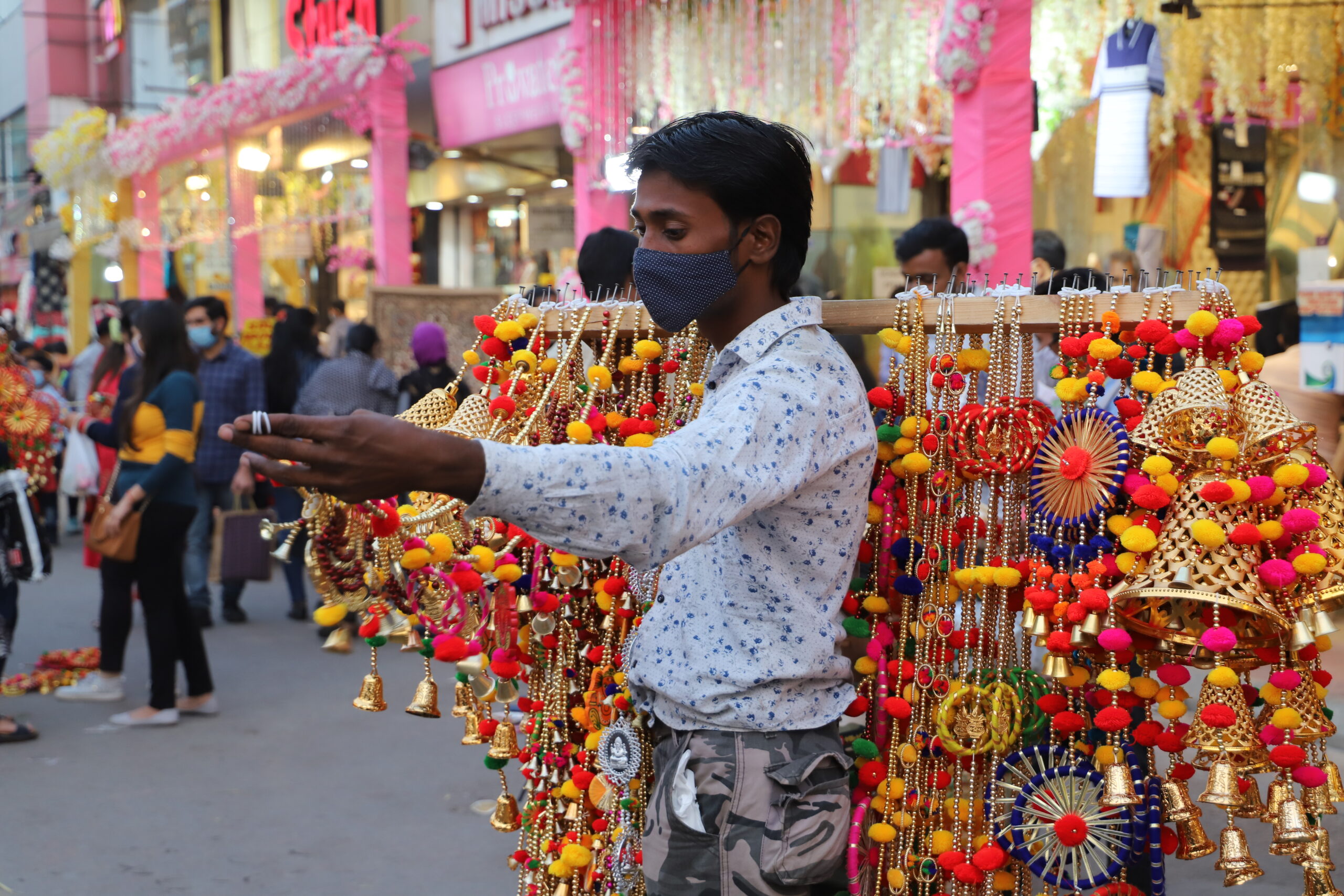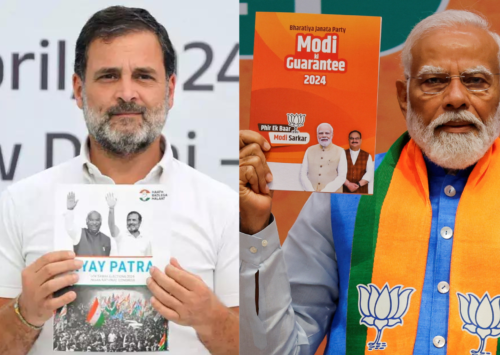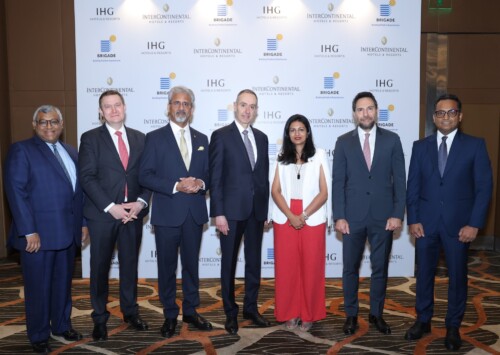Celebrations over economic revival in India premature

The small uptick in sales during the festive season is set to disappear pulling the economy down (MIG photos/ Aman Kanojiya)
“Q2 GDP at -7.5 pc buttresses recovery as captured by several high frequency indicators,” tweeted India’s finance ministry on November 27 while releasing data about the state of the economy in second quarter of the fiscal year 2020-21.
Since then, numerous ministers and politicians of the ruling party as well as several media reports have spun a positive story about how India has overcome the record contraction of the first quarter of the current fiscal when the economy collapsed over 25.6 pc due to the lockdown imposed on March 25 and that brought the economy to a grinding halt and whose impact is still being felt in December.
It seemed that at least for some of the bureaucrats and media persons, it was the second Diwali of the year as they celebrated the fantastic recovery of the Indian economy. Some media reports called it the sharpest rebound among major economies and the government claimed that it showed that India had begun to emerge from the aftershocks of Covid-19.
Barely three days later, American analytics firm IHS Markit, released data about the health of the manufacturing sector in the month of November. The data showed that growth in the manufacturing sector lost steam and collapsed from a 12-year high in October to a 3-month low in November. The Purchasing Managers’ Index (PMI) fell from 58.9 in October to 56.3 in November.
Releasing the data, IHS Markit says that there were slower increases in factory orders, exports, buying levels and output while restrictions linked to the Covid-19 pandemic led to another drop in payroll numbers. At the same time, costs, both input and output, rose sharply.
The PMI report shows that new orders placed by firms grew at their slowest and companies reported that demand continued to be curbed due to the pandemic. Business managers’ optimism also declined slightly due to concerns over public policies, the strength of the rupee and the situation of the pandemic.
The PMI report followed data released by other organisations and which also point in the same direction – a recovery in the Indian economy is far from certain and the next few months are bound to be tough for the economy.
A wide variety of sectors ranging from automotive to tourism that had experienced a healthy expansion in September-November, mainly due to the festive season, are set to traverse troubled waters in the weeks ahead. For instance, the automotive sector saw retail sales grow over 5 pc in October compared to September. The rise is mainly attributed to the Diwali festival which has traditionally seen Indian consumers open up their purses for purchases – big and small. The sales during the festivals from September to November account for as much as 40 pc of the annual sales, notably for big ticket purchases such as vehicles.
After remaining zero or close to zero for nearly five months since the lockdown was announced in March, automotive sales began moving mainly on the back of pent-up demand. Most analysts believe that the rise seen in October is also due to the pent-up demand combined with festive season sales.
Now that the festival period is over, most automotive dealers expect the sales to slump now and could stay low till March, just before the end of fiscal year when the lastminute purchases by companies pick up pace in order to claim depreciation benefits. Similarly, sales in most other sectors are expected to see a slowdown that could last several months.
Another worrying factor about the economy is the continued job losses. About 140 million Indians lost their jobs during the lockdown and many others had severe pay cuts. Since then, though the situation has improved, millions remain out of job even as the year draws to a close. A survey by All India Manufacturers Organisation in June said that about one-third of small and medium-sized enterprises indicated that their businesses were beyond saving, saying this mass destruction of business was unprecedented.
The recovery is taking its own time and even now is far from smooth. According to a report by the CMIE unemployment rose again in November as companies continued to shed jobs and new hirings were few.
In its report, CMIE says that labour markets had been weakening in the last four weeks and both the labour participation rate and the employment rate fell. “The unemployment rate has bounced between 5.5 pc and 7.8 pc with an average of 6.8 pc. But, this is almost inconsequential. What is important is that the labour markets were unable to absorb adequate proportions of the working age population during the festive season of 2020,” says Mahesh Vyas, managing director.
“We had expressed concern that the recovery process had started showing signs of fatigue in July. This has turned out to be true. The LPR did not recover entirely before it started sliding again. The average LPR in 2019-20 was 42.7 pc. It had never fallen below 42 pc till the lockdown. Now, it seems to be heading towards a sub-40 pc level. The LPR was 39.5 pc in the week ended November 15 and it was 39.3 pc in the week ended November 22,” he adds.
IHS Markit says that besides contraction in employment, business optimism, too, faded slightly in November. “Output growth is still predicted for the year ahead, but concerns about public policies, rupee depreciation and the Covid-19 pandemic dampened overall confidence,” says the survey.
Most analysts believe that the Indian economy runs a high risk of further slowdown as most parametres point to low or no growth for a long while yet.









